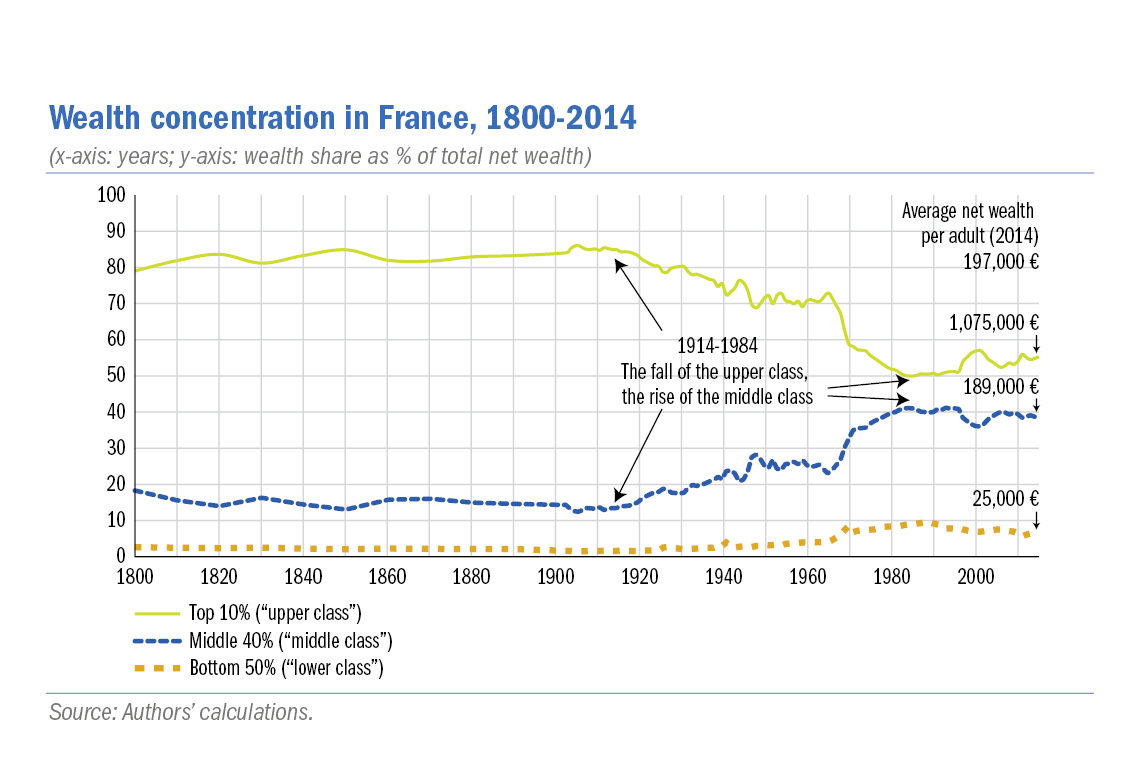Any interest in anything CAD related? Generally it’s engineering/mechanical focused, but I imagine IT knowledge would be very useful (I know Gcode is useful for 3d printing, at least).
- 0 Posts
- 36 Comments
Me, making a donut: “Honey? Where’d you put my UV unwrapper?”
I found a couple of interesting graphs:

I dont really like how this first one divided their different groups (there’s probably a fairly major difference between the lower end of “middle class” and the top which brings up their percentage) and the way percentages work really skews the scale, but it does paint a similar picture. This second one is the more interesting, I think, because it shows that income inequality is pretty similar across many countries - before taxes. Taxes seem to be the big equalizer in other countries, with France going from slightly worse than the US before taxes to roughly two times closer to “perfect equality,” according to the metric they used, which puts it nearly on par with Sweden, who is miles ahead of every other country before taxes. This alone doesn’t say anything about wealth inequality due to how the wealthy actually live and use their wealth, but it does paint a picture of how closing tax loopholes can work.

In its own way, I’d say. I saw a poll recently asking people when they made their account, and it seems that the majority of users have been on there since the 2010s. All the toxic users left for Twitter after the porn ban, and that seems to have really chilled out the site.
Modern Tumblr reminds me of Lemmy in a lot of ways. Less tech oriented, but would rather burn the site to the ground than see it become one of the modern corporate social media sites. “Become unmarketable” seems to have become the guiding motto there.
There’s a major overlap between the two groups anyway, so hatred of one is often an easy sign of hatred of the other.
That, and how many furries are in tech related fields says a lot about the health of an online system. If the furries don’t want anything to do with it, then it must have an issue of some kind.
Women are not the same thing as arguing about which brand of magic sky-daddy you subscribe to.
I mean, you’re not wrong, phone…

 29·1 month ago
29·1 month agoI’m pretty sure she’s currently facing up to 45,000 euros in fines and up to 5 years in jail over the whole Imane Khelif situation, if the French legislature decides that she was a party responsible for cyber bullying (and Musk as well).
Will she ever see the inside of a cell, even if they decide to go after her? I highly doubt it, and when she said this, she definitely wasn’t in any danger of being arrested.
But we can always dream.
Either the cleanup crew rappelling down from a helicopter, or something new.
I can’t unsee how she looks like Laois from Dungeon Meshi there, and now I can practically hear her excitement at getting to say the punchline.
Trans people and Dark Souls go together like trans people and FFXIV.
They… I’m trying to say that they go together really well.
Zoomed in on her face, accidentally got a jumpscare from the kid behind her.

 33·2 months ago
33·2 months agoAnd all of it is done through magical focuses (hardware) created out of transmuted stone (silicon) and metals.
As somebody who worked at a fish market in New England once upon a time, this broke my brain almost as badly as Manhattan style clam chowder.
Part of growing up is getting to a point where you don’t care what is or isn’t cringe. That’s where dad jokes come from.
I agree, you shouldn’t expect people to understand every reference you make. My statement was more about how the quote in the pic and, to a much lesser extent, the comment above both seem to view being introduced to a new thing by someone you like as sort of a bad thing. The quote in the photo especially is a red flag of not caring about the things the people you care about are into.
Obviously not everybody is going to be familiar with the same media as you. But if somebody gets upset with you because you quoted a joke from a source that they’re unfamiliar with, that’s on them, not you.
I mean, how is it any different than referencing movies, music, TV shows, stand-up comedy, or any other piece of pop culture?
Would referencing a movie somebody hasn’t seen before make you terminally in-theater or something? Though, having said that, I am now going to take every opportunity I can to work the phrase “terminally in-theater” into my daily life anytime somebody mentions a Marvel movie or something.

 19·5 months ago
19·5 months agoSame energy as a YouTube comment I read on a War Thunder video that said, “The thermite mixture is a combination of finely powdered aluminum and iron(III) oxide (also called ferric oxide) in a mass ratio of 1:3 respectively, a 5-7.5cm length of fireworks sparkler.”
Reminds me of probably my favorite motto ever, which I believe came about on Tumblr after the porn ban fiasco: Become unmarketable.
Be open and unabashedly weird. The world’s much more interesting and fun when you don’t sanitize your personality to avoid making puritanical people uncomfortable.
instance blocks downvotes
can neither see downvotes nor downvote posts

nice shoe laces